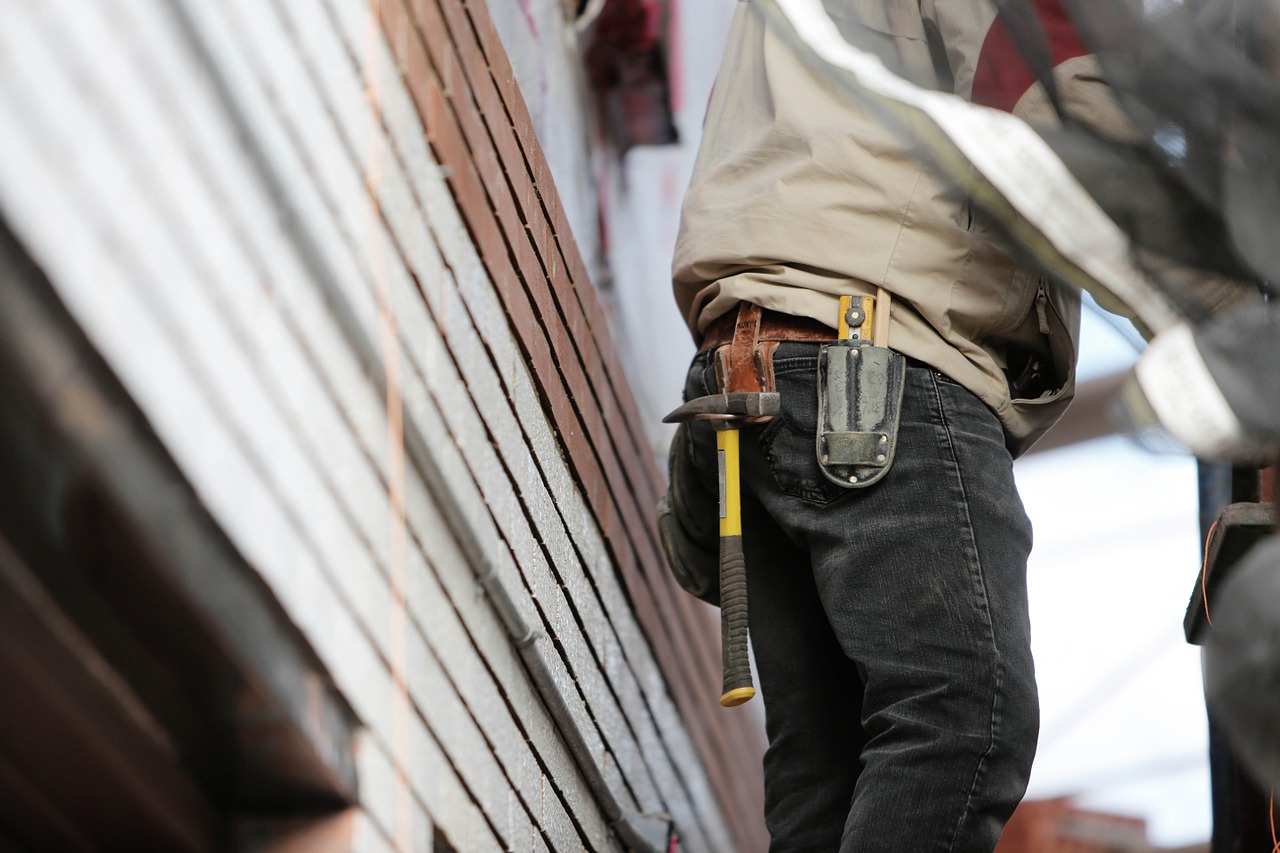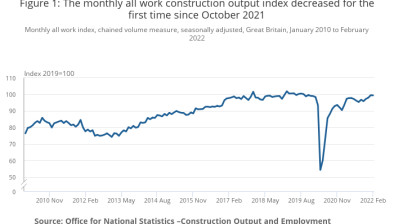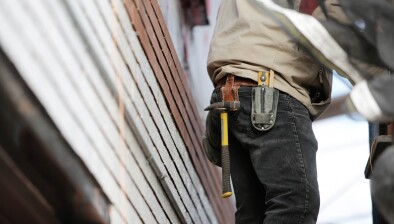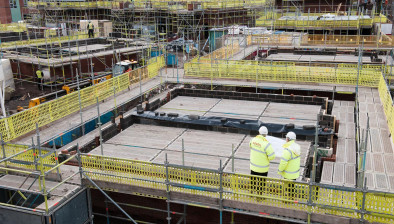Positive construction figures mask fall in repair and maintenance output
Output in the UK construction sector grew by 2.5% in 2019, compared to 0% growth in 2018, according to the Office for National Statistics (ONS).

Output increased by 0.5% in Quarter 4 (Oct to Dec) 2019 compared with Quarter 3 (July to Sept) 2019. This was driven by a 0.8% growth in new work, which offset a 0.1% fall in growth in repair and maintenance.
The 0.8% rise in new work in Quarter 4 2019 was because of growth in all sectors apart from private new housing and public other new work, both of which fell 1.1%; the largest positive contributions came from private commercial and public new housing, which grew by 2.5% and 8.4% respectively.
In repair and maintenance, the 0.1% fall in Quarter 4 2019 was driven by a 2.9% decrease in private housing repair and maintenance; in comparison, non-housing and public housing repair and maintenance grew 1.6% and 0.9% respectively.
Construction output increased by 0.4% in the month-on-month all work series in December 2019; this was driven by a 0.8% growth in new work which offset a 0.4% fall in repair and maintenance.
When compared with 2018, the level of all work in 2019 saw a 2.5% increase; this was predominately driven by a 3.4% growth in new work and, to a lesser extent, a 0.7% increase in repair and maintenance.
New orders grew by 4.4% in Quarter 4 (Oct to Dec) 2019; this rise was driven by an 11.2% rise in all other work but offset by an 8.5% fall in new housing.
Chief executive of the Federation of Master Builders, Brian Berry, said: “Despite toxic uncertainty, political ups and downs and bad weather in 2019, it is a testament to the resilience of the construction sector that it grew by 2.5% last year.”
“However, the positive overall figure for last year shouldn’t mask the disappointing performance of the repair and maintenance sector which saw minimal growth of 0.7% and a fall of 1.7% in private housing repair and maintenance.
“A national retrofit strategy would help boost the domestic repair and maintenance sector, providing confidence and support to homeowners and builders to make the necessary upgrades to our ageing housing stock. At this same time, this would help to reach net-zero emissions by 2050.”
Gareth Belsham, director of the national property consultancy and surveyors Naismiths, said: “For an industry which saw more businesses go to the wall than any other in 2019, the news that construction ended the year as the fastest-growing sector of the UK economy is cause for celebration.
“Growth of 0.5% over the quarter wouldn’t normally set the world alight. But construction’s solid performance offers more than just bragging rights over the UK’s services and manufacturing sectors – it’s also a vindication for an industry that was buffeted more than any other by Brexit uncertainty.
“True, the detail of the report is no unalloyed triumph. New residential building work fell by 1.1% during the quarter, and new orders for private sector housebuilders fell by 8.5%. Given Britain’s urgent need for thousands of new homes, such weak numbers are a worry.
“But the positives far outweigh the weaknesses. Most satisfying of all is the surge in all new orders – up 4.4% on the previous quarter.
“When you bear in mind that this figure scarcely captures the Boris bounce – which didn’t feed through until after the December election, things start to look even more rosy.
“With early indications from January looking strong, there’s a growing feeling that the industry is turning a corner, propelled by a new sense of optimism and possibility.
“If the Boris bounce is what powers the industry back to health in 2020, the foundations were laid in the final quarter of 2019.”
Clive Docwra, managing director of construction consulting and design agency McBains, added: “Today’s figures are a sign of the real potential of UK construction in 2020.
“It shows overall output increased again, albeit more slowly, in the final three months of last year by 0.5%. This was driven by growth in new work, which offset a small reduction in repair and maintenance work.
“Private commercial and public new housing, which increased by 2.5% and 8.4%, were big factors in the rise in new work. Less positive, was the fall in private new housing, which dropped 1.1%.
“More than anything, these figures reflect an underlying resilience in the sector – given that they cover a tumultuous political period at the end of 2019.
“Still, we’re not entirely out of the woods. The government has offered little in the way of detail on what the UK’s future relationship with the EU will look like, and stoked anxiety by ruling out any extension to the negotiations beyond December 2020.
“Until the sector can see what the future entails with our nearest trading partner, and key source of skilled labour, confidence and funding towards new projects is likely to be stymied.”














